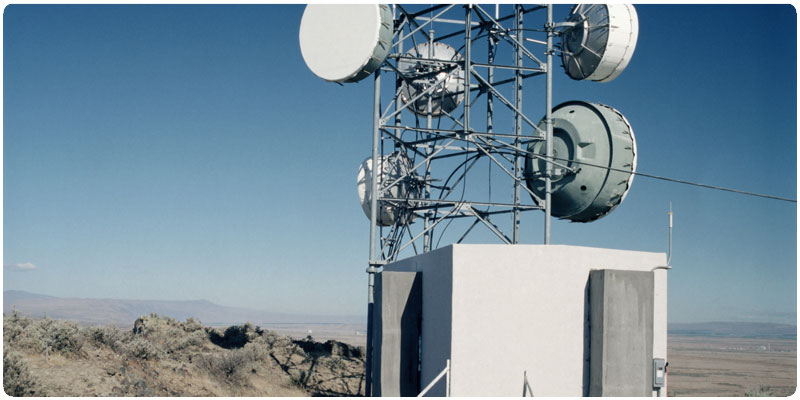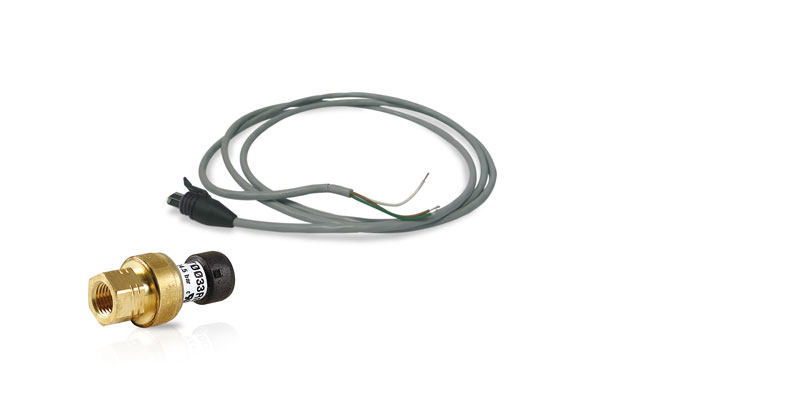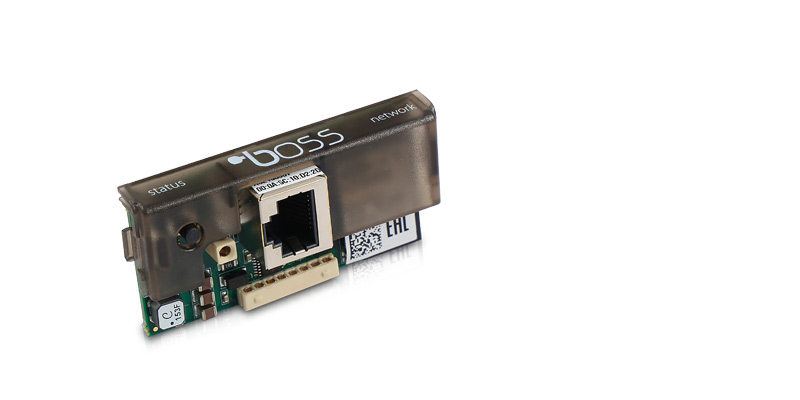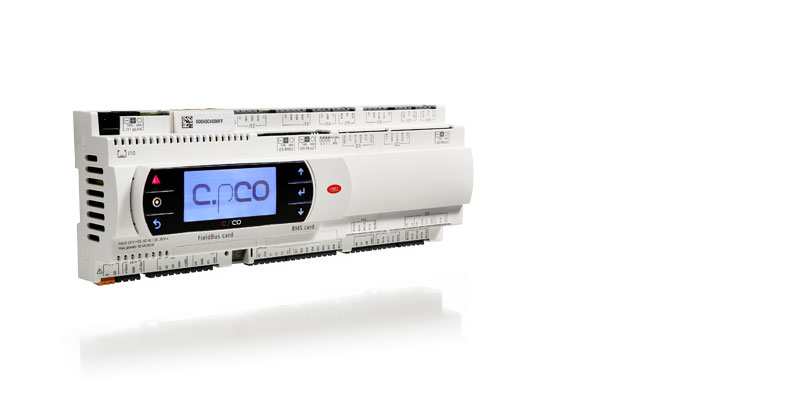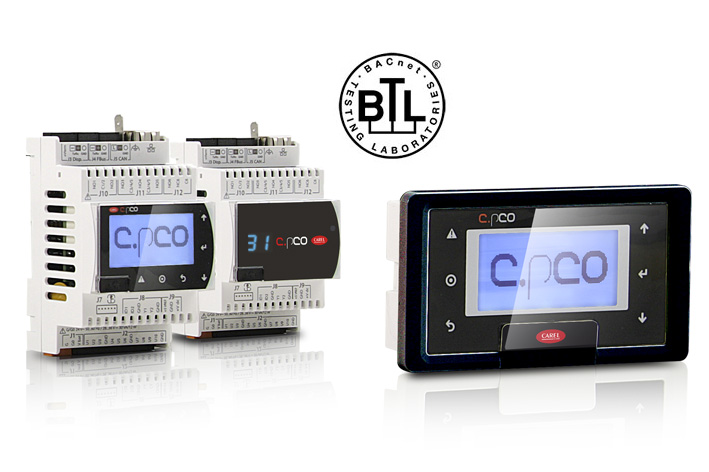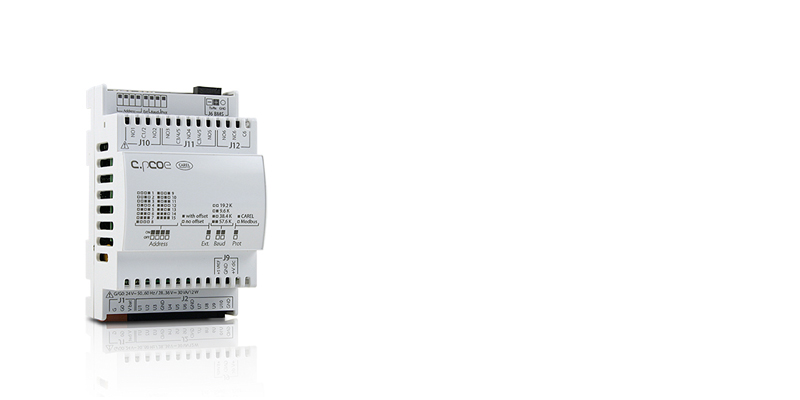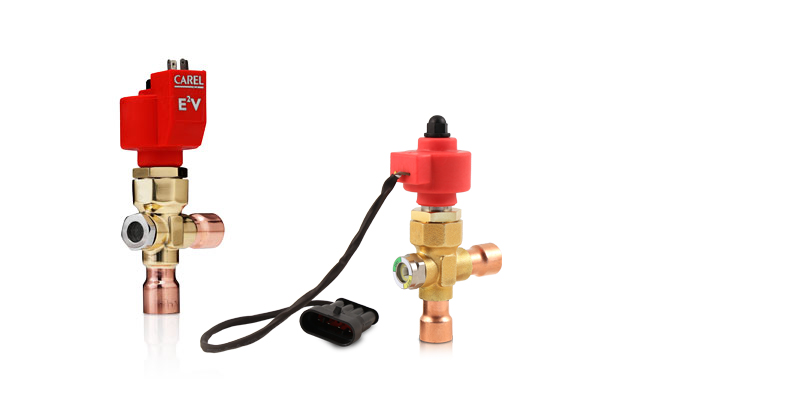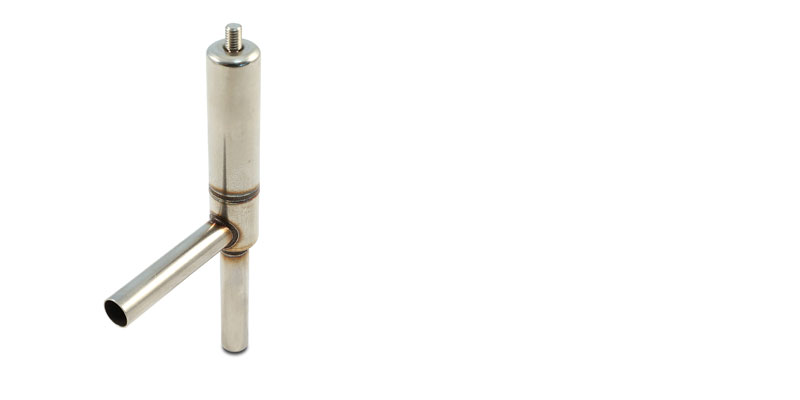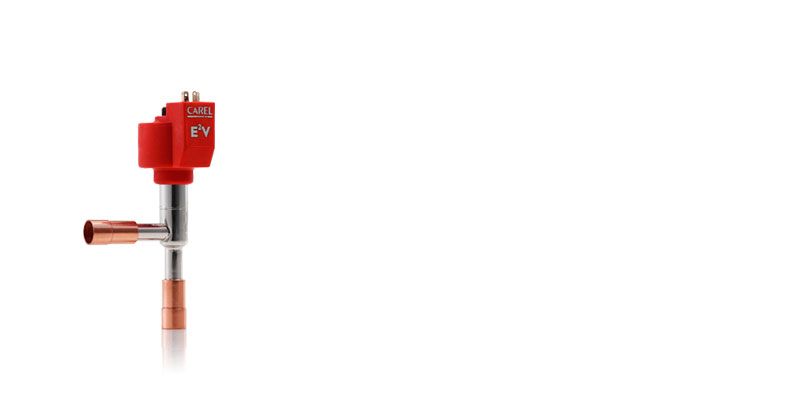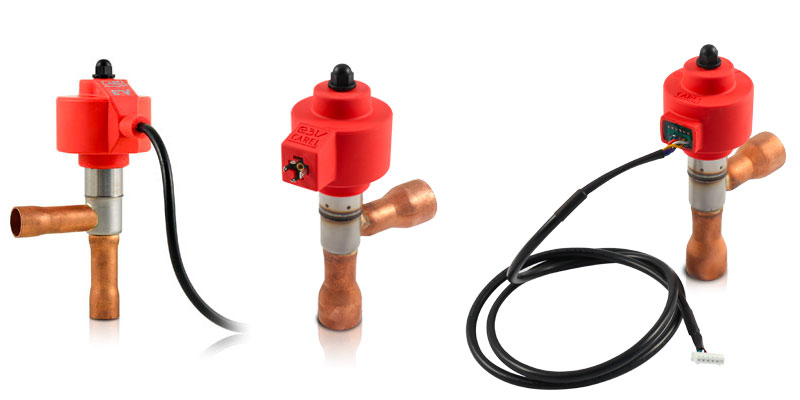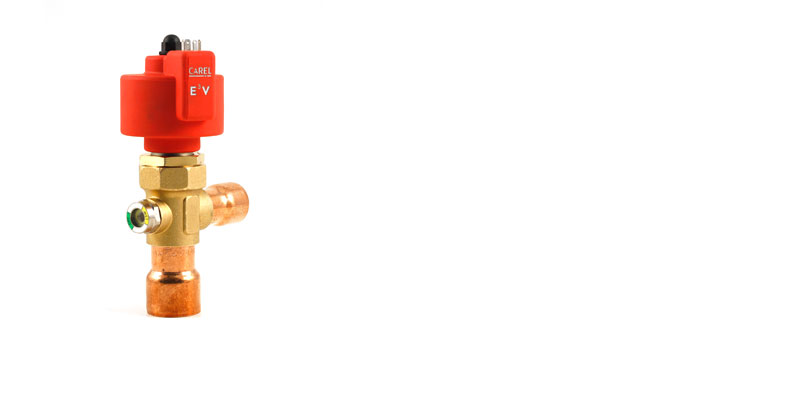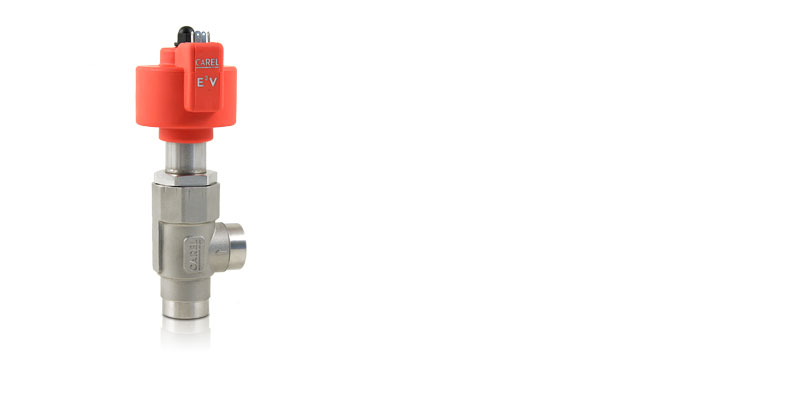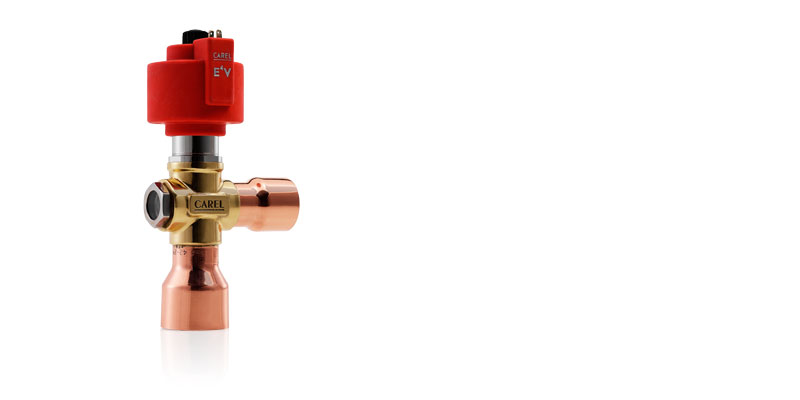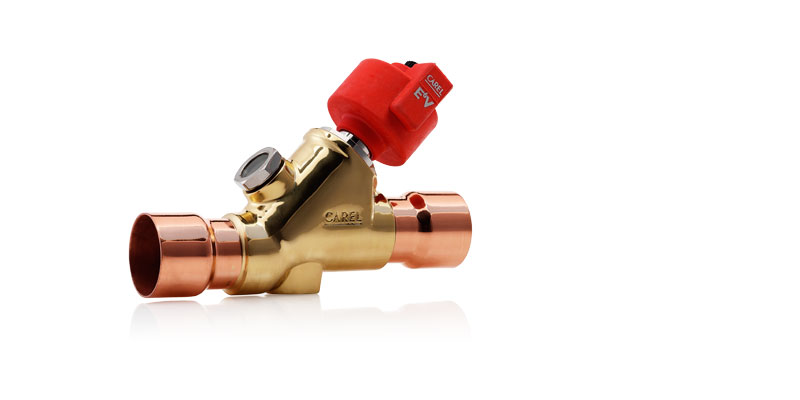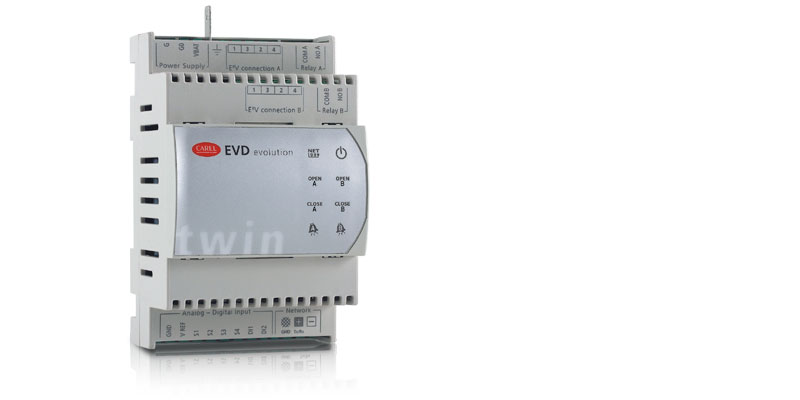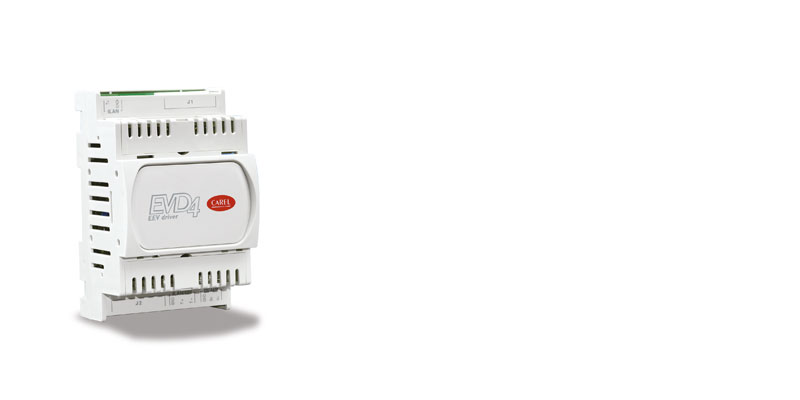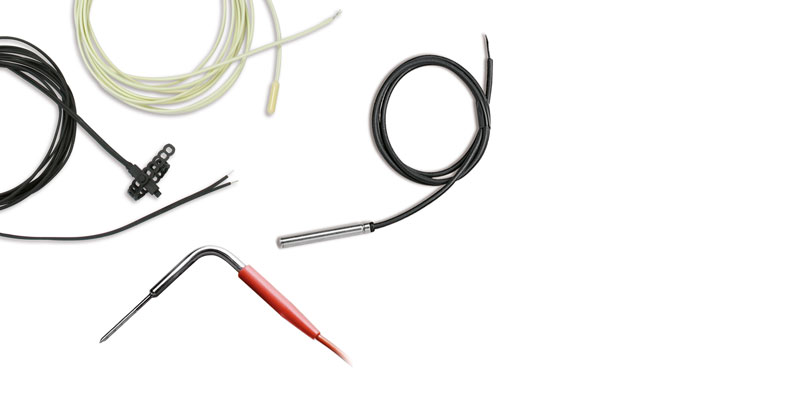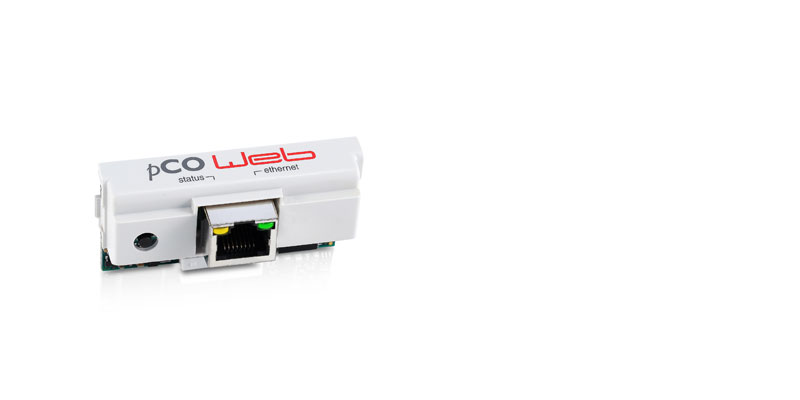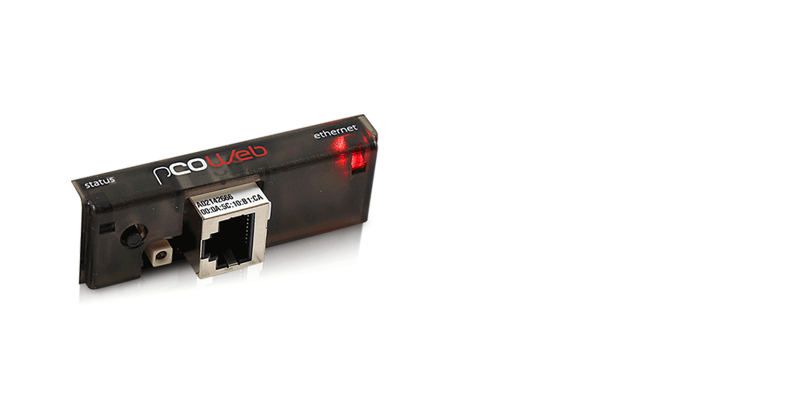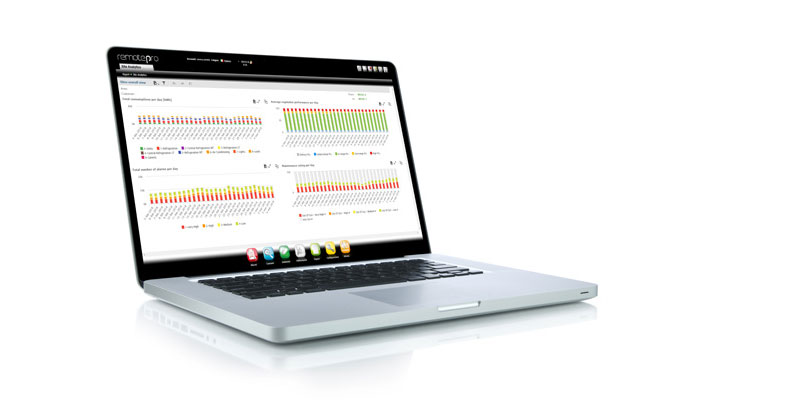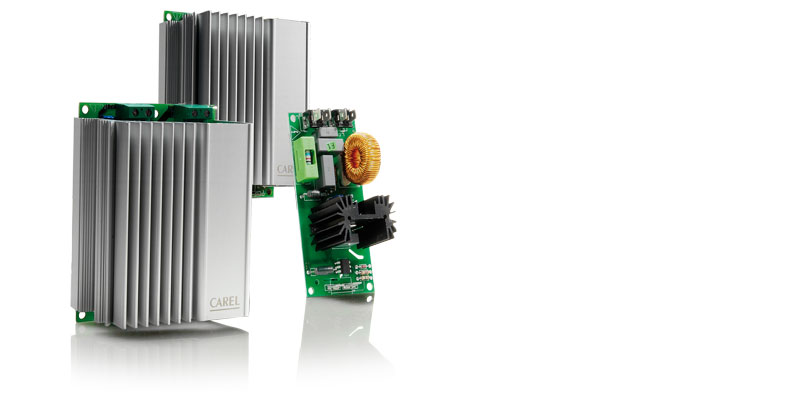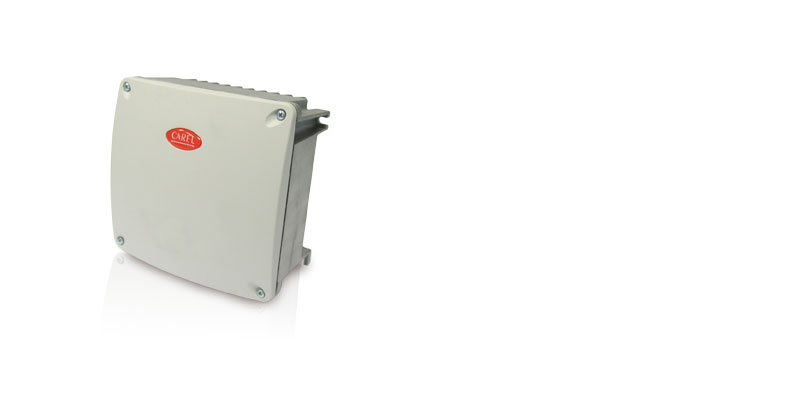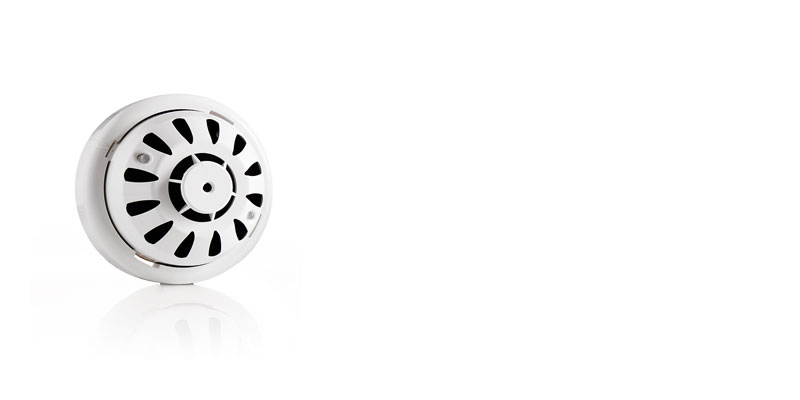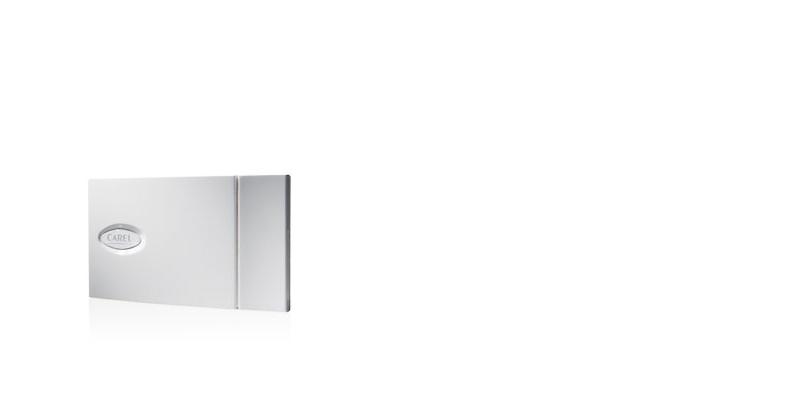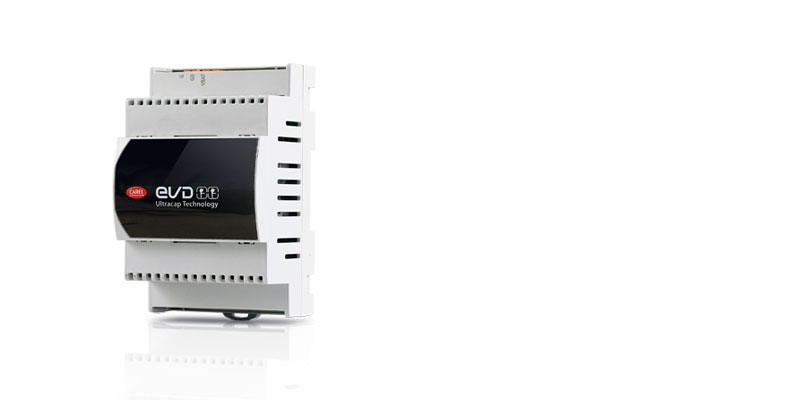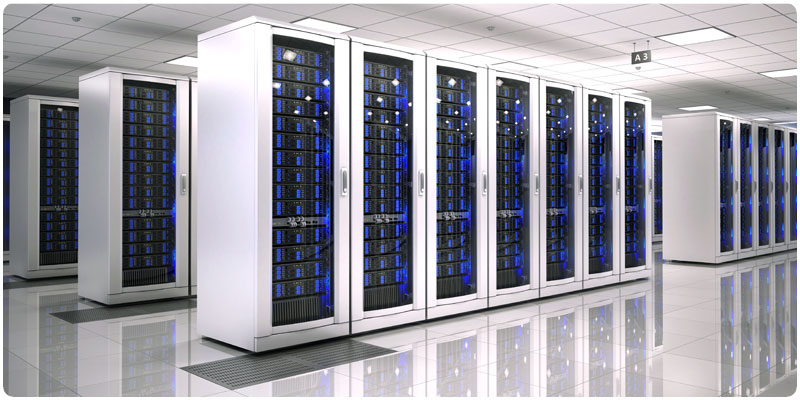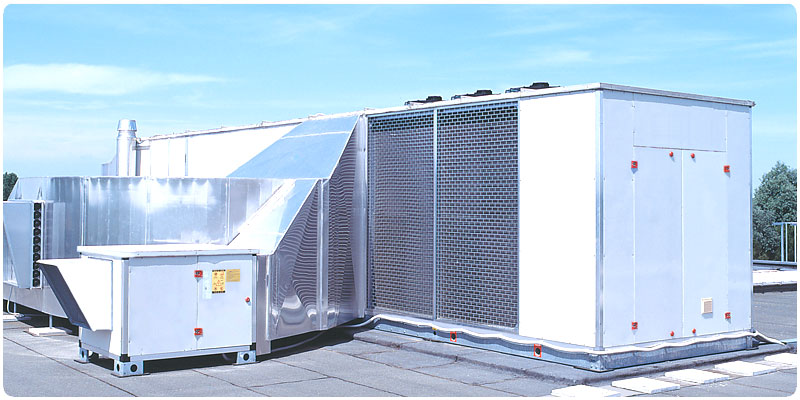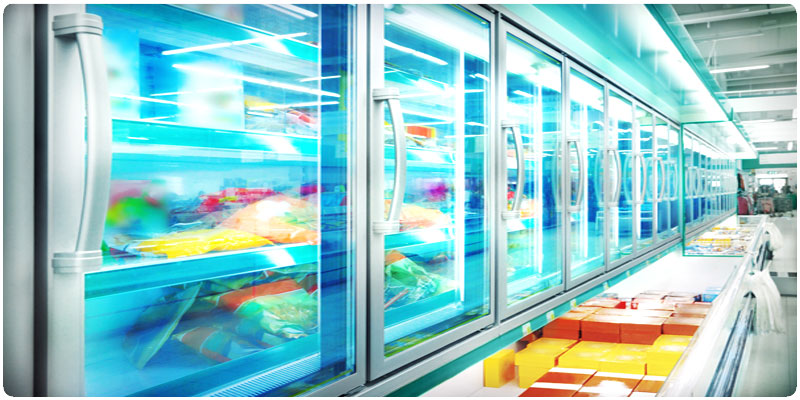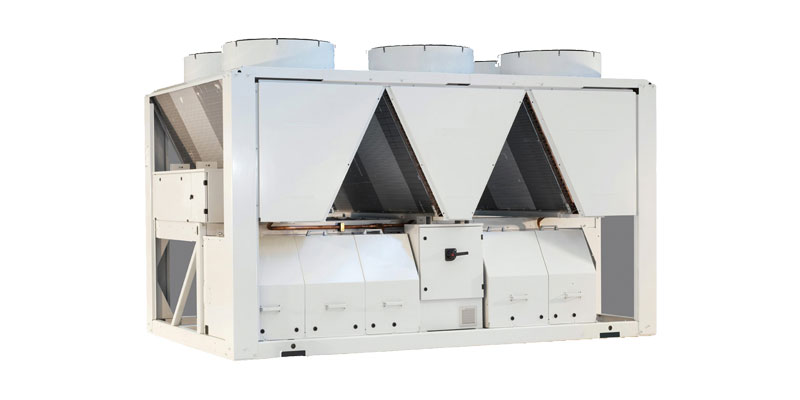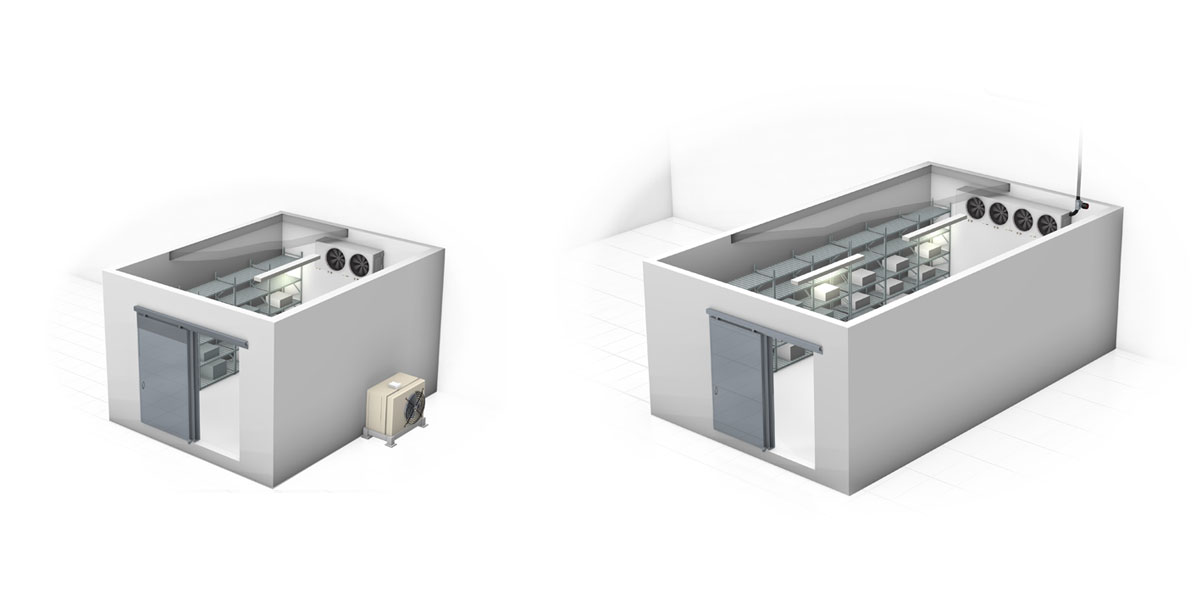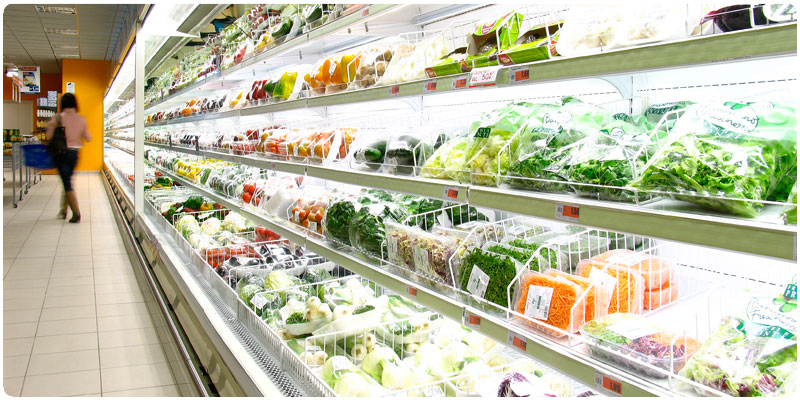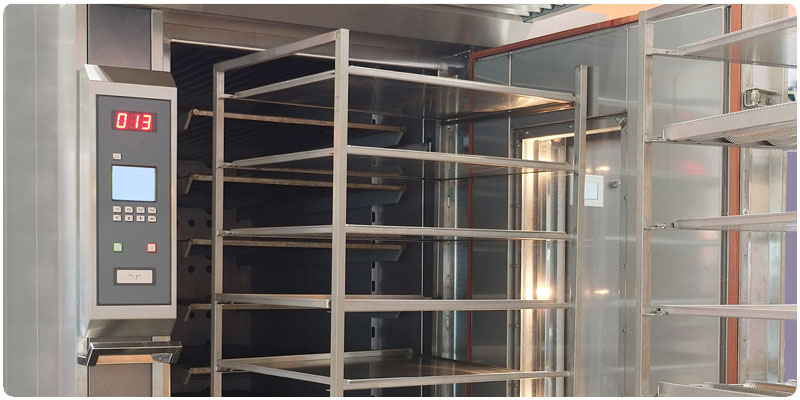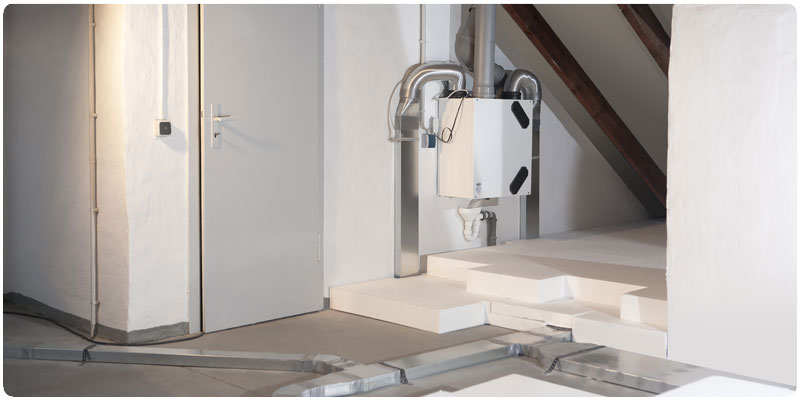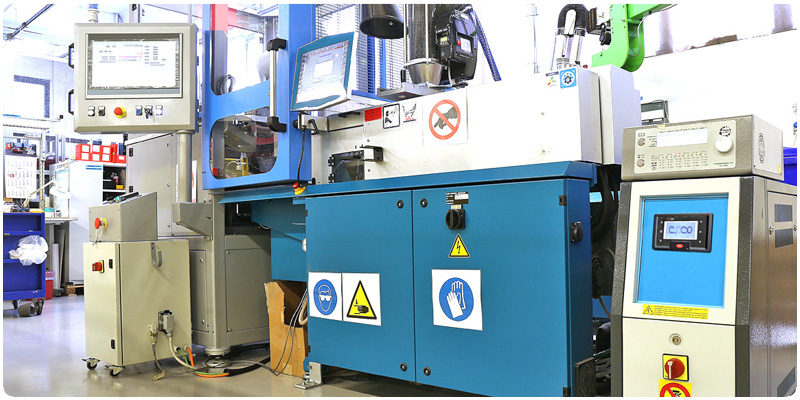Electronic equipment for telecommunications applications, especially on cellular repeaters, needs to be kept cool in order to guarantee continuous service over time. These mission-critical applications are further complicated by the fact that the systems are often installed in remote locations and places that are not easily accessible, and are exposed to extreme weather conditions. The equipment is typically not housed in an actual building, but rather in simple containers (called shelters), often placed in fenced off areas at the base of the antennas: the air-conditioning units installed on the roofs or the outside walls of such structures are referred to as "Shelter air-conditioners".
Generally, these are packaged direct expansion units, designed for a wide temperature and humidity range, that usually include the possibility to introduce fresh outside air for free cooling and manage the exhaust and condenser cooling air flows; one very common solution involves wall-mounted vertical units, known as "wall packs". Control is generally based on air intake temperature, often with limits on supply temperature and maximum humidity control to prevent surface condensation. Almost always the same shelter features two or more redundant units connected via network, as well as a remote connection for monitoring alarms and guaranteeing a prompt service response. The remote connection - simplified via use of the mobile phone provider's Ethernet network - is moreover used to monitor power consumption that, depending on the number of sites, may be quite significant; energy saving is thus one of the main priorities that is driving the development of innovative solutions.
